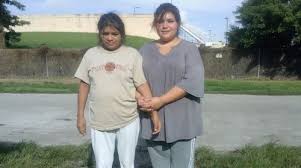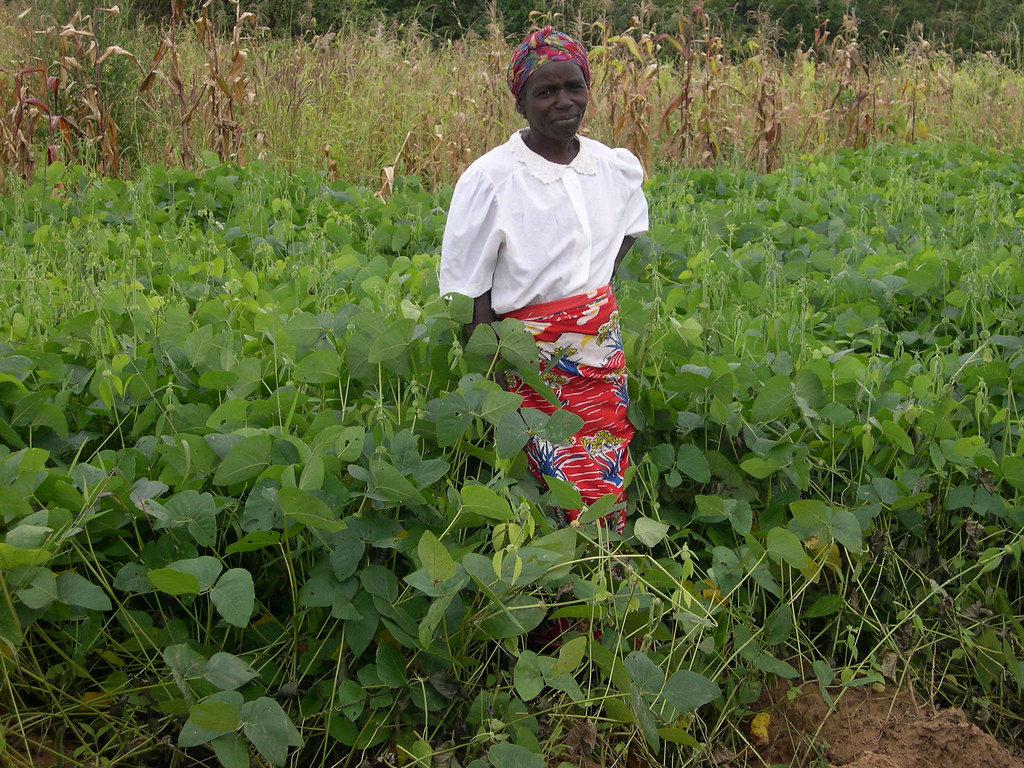
Jovita Alfau and her daughter Yuriana
Jovita Alfau was poisoned by her boss, and, when she pushed back, sued and won, all she got was a lousy t-shirt … more or less. The story of the willful poisoning of women farm workers across the United States is too often told as if the assault were somehow accidental. It isn’t and has never been accidental.
Jovita Alfau worked for Power Bloom Farms and Growers nursery in Homestead, Florida. In November 2009, her bosses told her to transplant hibiscus to a particular section. She soon began to feel dizziness, weakness, and numbness in her mouth. Then she vomited. What caused this crisis? On one hand, endosulfan, a super toxic pesticide, which had been sprayed on the hibiscus less than 24 hours before. While endosulfan is highly toxic, the killers here are Jovita Alfau’s employers, and with them the entire agricultural economy.
That November day was just another boring day in hell. According to Jovita Alfau, it was common practice to spray the nursery while she and her co-workers were tending the plants. On the day she was poisoned, Jovita Alfau was given neither warning nor protective gear. This is the essence of farming and growing in the United States.
The treatment of Jovita Alfau is typical of the industry. Mily Treviño-Sauceda, Tania Banda-Rodriguez, Yolanda Gomez, Marta Cruz, Elvira Carvajal, and countless other women workers, across the United States, have experienced the same situation. In New Mexico, for example, almost half the workers have suffered at least one pesticide-related health problem after working in a field that had been sprayed with pesticides. In the fields and farmlands of America, poison is the not-so-new black.
Some, like Yolanda Gomez and Elvira Carvajal, have become organizers, formally, but all have become organizers in one form or another. But here’s the thing. Jovita Alfau sued her employers. They balked, but ultimately settled out of court. Jovita Alfau has never been able to return to work, nor will she. That means her daughter, Yuriana, must take care of her mother. And so Yuriana quit college and, predictably, will spend the rest of Jovita Alfau’s life caring for her mother. In the United States, women farm workers bear the brunt, and, when their bodies come home, their daughters take on the debt. From sea to shining sea, the extraction continues.
(Photo Credit: New America Media)





